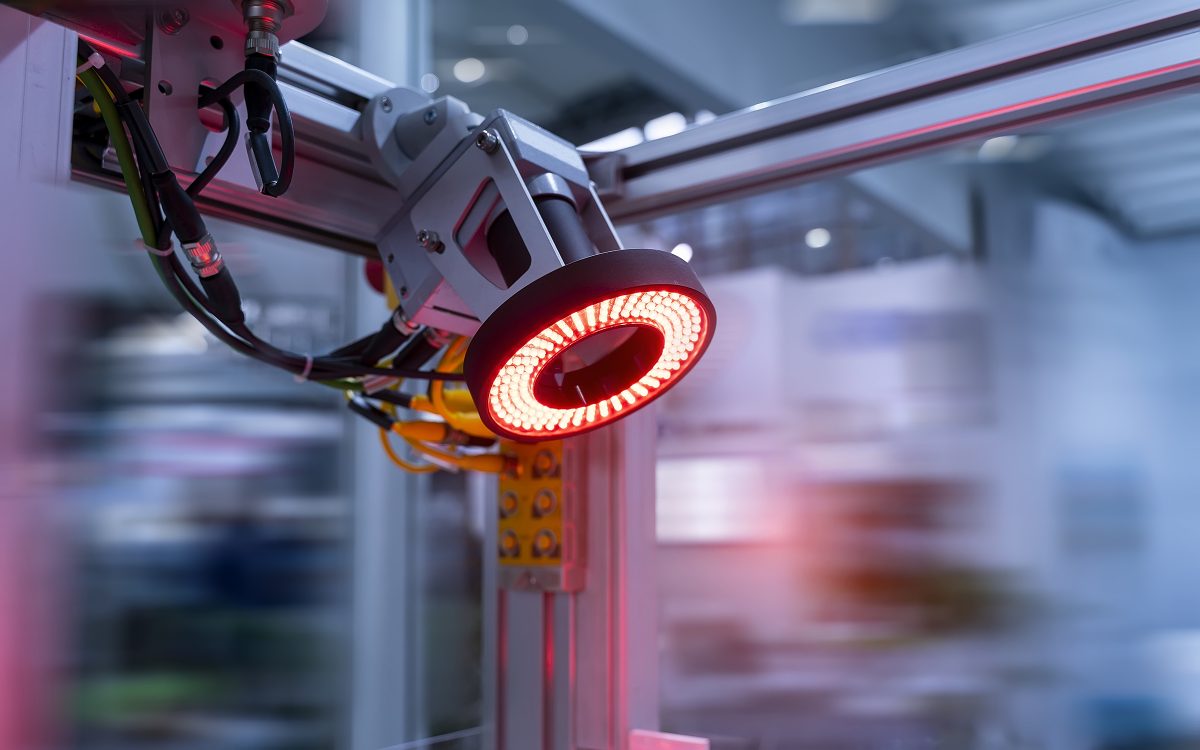Robots powered by computer vision are able to sense and interpret visual information from their surroundings and use that knowledge to complete tasks with a high degree of precision and flexibility.
These visually intelligent robotic systems have cameras and other sensors that record visual data. Algorithms that can detect and track objects, find patterns, and carry out other forms of image analysis subsequently interpret this data. The robot can then carry out activities like object detection, navigation, and manipulation thanks to the usage of this knowledge as a guide for its actions.
Robotic systems with visual intelligence are widely used in manufacturing, inspection, medical and agricultural fields. Industrial robots are capable of using computer vision to pick up items on an assembly line with high precision and speed. Robotic inspection can analyze faults in goods or components, making the process quicker and more precise. Medical robots can explore intricate anatomical structures and carry out surgeries with extreme precision and accuracy using computer vision. Robots for agriculture can use computer vision to identify and examine crops, improving crop management and harvesting.
Visually intelligent robotic systems have the potential to revolutionize numerous industries and applications. As these systems are capable of carrying out a wide variety of tasks that require visual perception and interpretation, there are numerous use cases for visually intelligent robotic systems. Here are a few instances:
– Visually intelligent robotic systems are capable of recognising and manipulating items in a range of environments, including manufacturing, logistics, and healthcare. These robots are capable of item detection, shape and size recognition, and complicated manipulation to carry out activities including assembling, packing, and material handling.
– Autonomous cars and drones employ computer vision to negotiate challenging settings and map their immediate surroundings. These machines are capable of spotting and dodging hazards, reading and comprehending road signs and markings, and devising effective routes to their destinations.
– Visually intelligent robotic systems may be used for inspection and quality control to check for flaws or damage in buildings, components, and finished goods. These machines can do measurements, analyse surface flaws, and spot anomalies that human inspectors would overlook.
– Applications in healthcare and medicine: Robotic systems with visual intelligence can help with therapeutic exercises and surgical operations. These robots can perform exact, precise motions that may be programmed to produce a certain result, lowering the possibility of human mistake.
– Application in agriculture: To detect and analyze crops, track plant development, and detect pests and illnesses, visually intelligent robotic systems can be employed in agriculture. As a result, fewer pesticides and other chemicals are required since crops may be managed more effectively and precisely.
In general, visually intelligent robotic systems have a wide range of uses in many different sectors and are playing a bigger role as businesses try to automate processes that demand sophisticated visual perception and interpretation.
We want to make innovation accessible from a functional standpoint and encourage your remarks. If you have inquiries about evolving use cases across various domains or want to share your views email us at open-innovator@quotients.com






